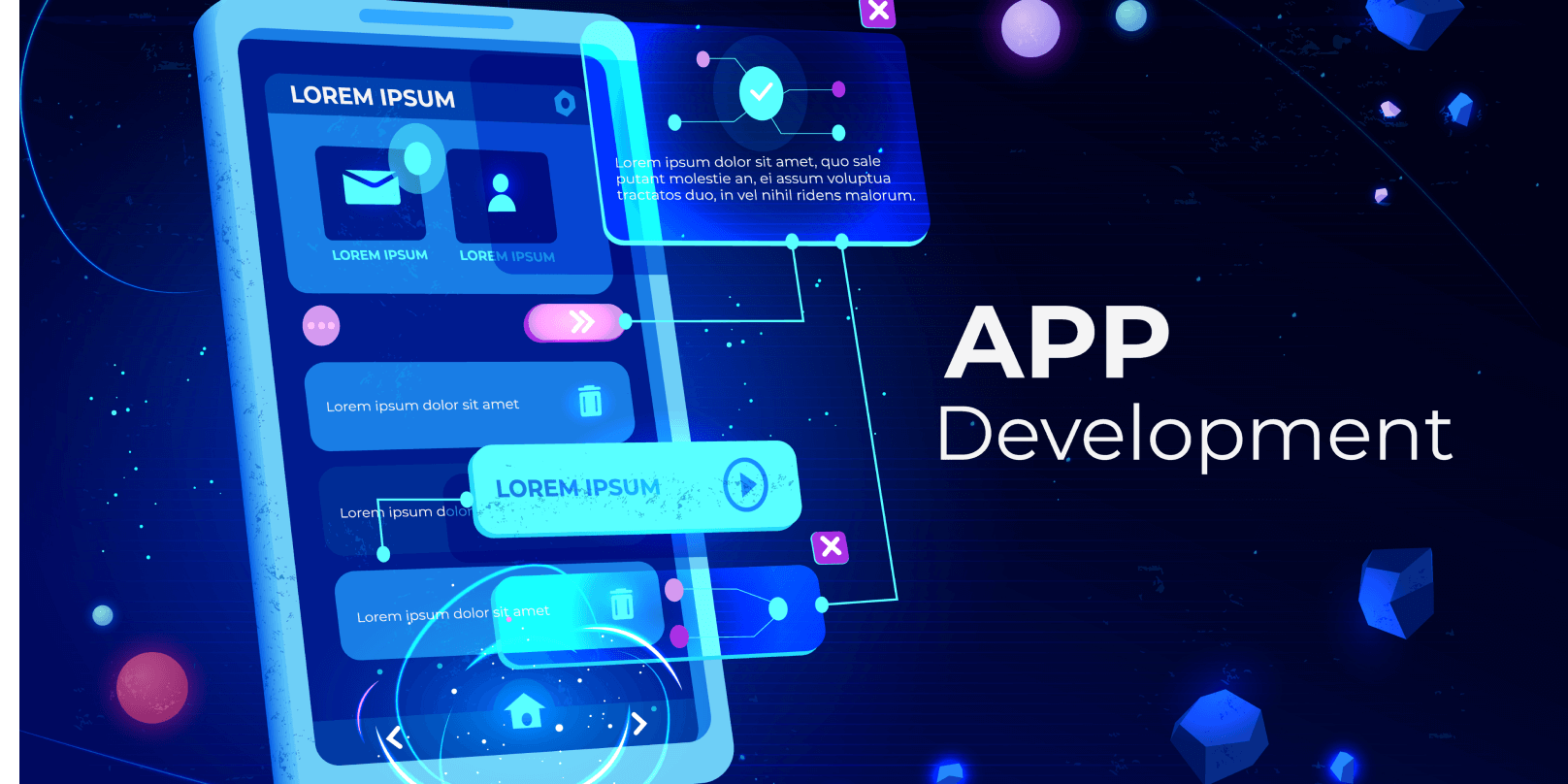Introduction
In today’s digital age, mobile applications have become an integral part of our daily lives. From ordering food and hailing rides to managing finances and staying connected with loved ones, apps have revolutionized the way we interact with technology. However, the journey from a simple app idea to a successful market presence is a complex and multifaceted process. This article delves into the world of app development, exploring its evolution, key stages, challenges, and tips for achieving market success.
I. The Evolution of App Development
A. Early Days of App Development
The birth of mobile apps: A brief history.
Pioneering platforms and languages: Palm OS, BlackBerry, and Java ME.
Limited functionality and simplistic designs.
B. The Smartphone Revolution
The game-changer: Apple’s App Store and Google Play Store.
Rise of iOS and Android: Shaping the app development landscape.
Enhanced capabilities: Touchscreens, sensors, and location services.
C. Modern App Development Landscape
Diversity of app categories: Productivity, gaming, social networking, and more.
The role of frameworks and libraries in speeding up development.
Emphasis on user experience (UX) and user interface (UI) design.
II. Key Stages of App Development
A. Ideation and Conceptualization
Identifying a problem: The foundation of a successful app.
Market research and competitor analysis: Understanding the target audience.
Defining the app’s unique value proposition.
B. Planning and Design
Wireframing and prototyping: Visualizing the app’s structure.
User flows and information architecture: Crafting intuitive navigation.
UI/UX design: Creating an aesthetically pleasing and user-friendly interface.
C. Development
Choosing the right technology stack: Native, hybrid, or cross-platform.
Front-end and back-end development: Building the user interface and functionality.
Integration of APIs and third-party services.
D. Testing and Quality Assurance
Types of testing: Functionality, usability, performance, and security.
Debugging and iteration: Refining the app based on test results.
Beta testing and user feedback incorporation.
E. Deployment and Launch
App store guidelines and submission process.
Marketing strategies for pre-launch buzz.
Rolling out updates based on early user feedback.
III. Challenges in App Development
A. Platform Fragmentation
Addressing compatibility issues across different devices and OS versions.
Optimizing user experience for varying screen sizes and hardware capabilities.
B. Intense Competition
Standing out in a crowded marketplace.
The importance of a strong value proposition and unique features.
C. Monetization Strategies
Choosing between paid, freemium, in-app purchases, and subscription models.
Balancing revenue generation with user satisfaction.
D. User Engagement and Retention
Building features that encourage regular use and retention.
Push notifications, personalized content, and social interactions.
IV. Tips for Achieving Market Success
A. Focus on User-Centered Design
Prioritizing intuitive navigation and seamless user experiences.
Regularly seeking and incorporating user feedback.
B. Agile Development Approach
Embracing flexibility and iterative development cycles.
Responding quickly to changes and incorporating lessons learned.
C. Effective Marketing and Promotion
Creating a compelling app description and visuals.
Leveraging social media, influencer collaborations, and app review sites.
D. Data-Driven Decision Making
Analyzing user behavior and app usage patterns.
Making informed updates and improvements based on data insights.
Conclusion
The journey from app idea to market success is a dynamic and demanding process, requiring a careful balance of creativity, technical expertise, and strategic planning. As technology continues to advance and user expectations evolve, app developers must stay adaptable and innovative. By understanding the evolution of app development, mastering its key stages, addressing challenges head-on, and implementing effective strategies, developers can increase their chances of creating apps that not only thrive in the competitive market but also enhance the lives of users around the world.







